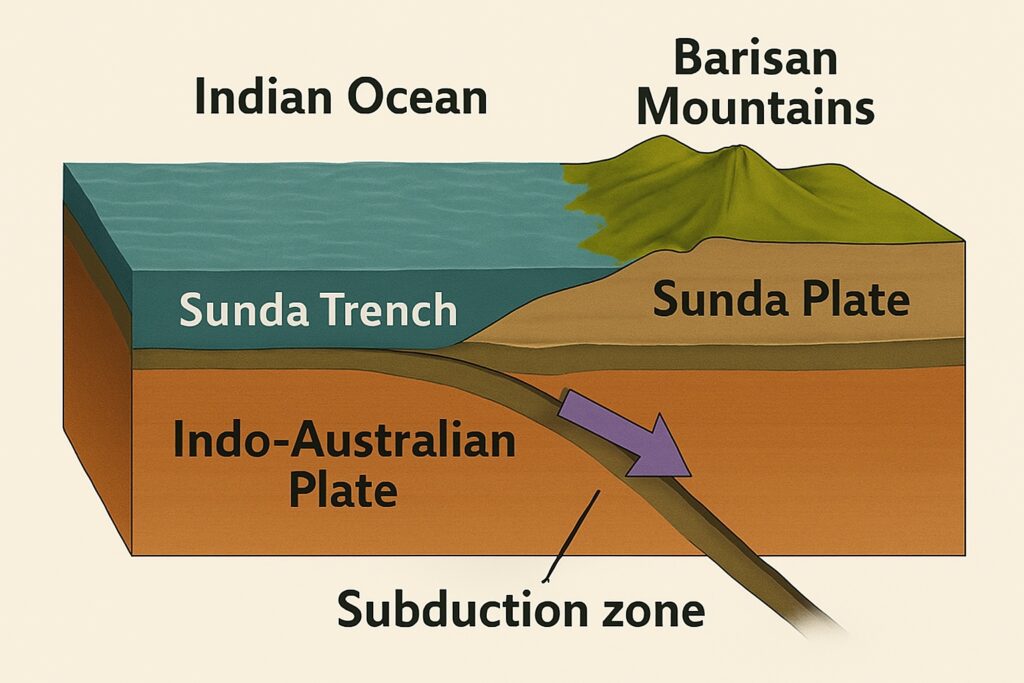In this article, we will discuss the Recent views on Mountain Building. Mountain building refers to the process by which mountains are formed. Over millions of years, the movement of plates can cause the Earth’s crust to be uplifted, creating mountains. Mountain building is a complex and ongoing process that has shaped the Earth’s landscape and played a crucial role in shaping its climate, ecology, and geography.

Table of Contents
Recent Views on Mountain Building
Plate Tectonic Theory
Plate tectonic theory is a widely accepted explanation for mountain building. According to this theory, the movement of tectonic plates can cause the collision of continents, leading to the formation of mountain ranges.
Orogeny
Orogeny is the process of mountain building that results from the collision of tectonic plates. This collision can cause the Earth’s crust to be uplifted, creating mountains.
Epeirogeny
Epeirogeny refers to the gentle, broad uplift of large portions of the Earth’s crust, which can also contribute to the formation of mountains.
Volcanic Activity
Volcanic activity can also play a role in mountain building, as the eruption of volcanoes can cause the Earth’s surface to be uplifted, forming volcanic mountains.
Weathering and Erosion
Weathering and erosion can also contribute to the formation of mountains over time, as these processes shape and reshape the Earth’s surface.
Impact of Mountain Building
The process of mountain building has a significant impact on the Earth’s landscape and climate. Mountain ranges can play a crucial role in shaping climate patterns by influencing wind and ocean currents. They also serve as important barriers, separating different ecological regions and promoting biodiversity.
In addition, mountain building can have a major impact on the Earth’s resources, including minerals, water, and energy. Mountain ranges can contain valuable mineral deposits, and the process of mountain building can also create hydroelectric power potential through the formation of dams.
Read: Geography